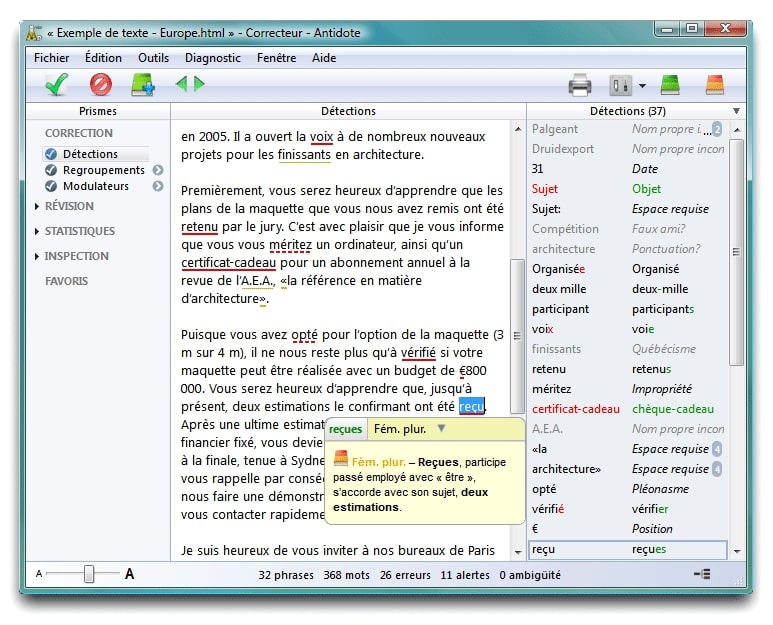
Write down key personal information, including any recent changes or stressors in your life.Write down your key medical information, including other conditions.Make a list of all your medications, vitamins and supplements.Write down your symptoms, including any that may seem unrelated to the reason why you scheduled the appointment.You may be referred to a doctor who specializes in disorders of the brain and nervous system (neurologist). Discuss your feelings and concerns with a counselor.Contact a support group, for yourself or for family members.Maintain a strong support system of friends and family.To manage the stress of recovery from Guillain-Barre syndrome, consider these suggestions: You must adjust to limited mobility and fatigue. Although most people eventually recover fully, the condition is generally painful and requires hospitalization and months of rehabilitation. About 5% to 10% have very delayed and incomplete recoveryĬhildren, who rarely develop Guillain-Barre syndrome, generally recover more completely than adults.Ī diagnosis of Guillain-Barre syndrome can be emotionally difficult.About 60% fully recover motor strength one year after diagnosis.About 80% can walk independently six months after diagnosis.Recovery begins, usually lasting 6 to 12 months, though for some people it could take as long as three yearsĪmong adults recovering from Guillain-Barre syndrome:.Symptoms reach a plateau within four weeks.After the first signs and symptoms, the condition tends to progressively worsen for about two weeks.Training with adaptive devices, such as a wheelchair or braces, to give you mobility and self-care skillsĪlthough some people can take months and even years to recover, most people with Guillain-Barre syndrome experience this general timeline:.Physical therapy during recovery to help you cope with fatigue and regain strength and proper movement.Movement of your arms and legs by caregivers before recovery, to help keep your muscles flexible and strong.People with Guillain-Barre syndrome need physical help and therapy before and during recovery. Prevent blood clots, which can develop while you're immobile.You are also likely to be given medication to: Mixing them or administering one after the other is no more effective than using either method alone. High doses of immunoglobulin can block the damaging antibodies that may contribute to Guillain-Barre syndrome. Immunoglobulin containing healthy antibodies from blood donors is given through a vein (intravenously). Plasmapheresis may work by ridding plasma of certain antibodies that contribute to the immune system's attack on the peripheral nerves. The blood cells are then put back into your body, which manufactures more plasma to make up for what was removed. The liquid portion of part of your blood (plasma) is removed and separated from your blood cells.

But two types of treatments can speed recovery and reduce the severity of the illness: Graphical abstract.Īntioxidants Chelators Flavonoids Oxidative stress Toxicity.There's no cure for Guillain-Barre syndrome. Prevention is better than cure and thus adding plentiful vegetables and fruits to our diet can combat HM toxicity-related illness.

Natural compounds are abundantly available, economic, and have minimal side effects when compared with classical chelators. Natural antioxidants are bestowed with scavenging and chelation properties and can be alternative for synthetic chelating agents. Synthetic chelators impart a major drawback of removing essential metals required for normal body function, along with the toxic one. Natural antidotes, fruits and vegetables, rich in antioxidant are the answers to such toxicities. Toxicity owing to such metals needs prevention rather than therapy. Various databases such as PubMed, Embase, and Science Direct were searched for available facts on natural antidotes and their commercial products against HM toxicity till date. This review gives insights into natural antidotes for the management and prevention of HM toxicity. Toxicity due to heavy metals (HM), specifically mercury (Hg), arsenic (As), lead (Pb), and cadmium (Cd) remains a challenge to scientists till date.


 0 kommentar(er)
0 kommentar(er)
